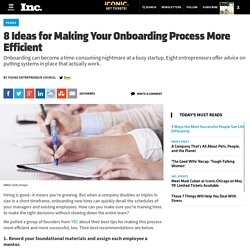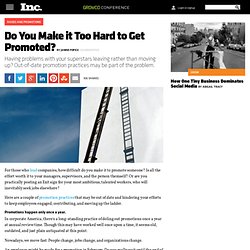

How biophilic design can help with employee mental health – Work in Mind. Workspaces that incorporate natural elements into their design help counteract the negative effects of the office environment on employee mental health.

But how, exactly? The experts from Diamond Interiors explore the science behind biophilic design and its psychological benefits. Amazon’s rainforest office. Microsoft’s treehouses. Google’s giant rooftop garden. Biophilic design is everywhere. Why? But why is that? The biophilia hypothesis The concept of biophilic design germinated with the work of American psychologist Erich Fromm in 1973. Fromm concluded that biophilia manifests in the way we interact with spaces. Twenty years later, biologist Edward O. Since then, the biophilia hypothesis has blossomed into what we see today: a hallmark of contemporary office design. The key elements of biophilic design Biophilic design is about much more than the occasional fern or a mini zen garden at your desk. 1. Want to get more natural light in your office? 2. 3. 4. Bring the outdoors indoors. HQ 2.0: The Next-Generation Corporate Center. The Nomad Economy.
Searching for Talent. Filtering talent. Retaining Talent. Departing Talent. 8 Ideas for Making Your Onboarding Process More Efficient. Hiring is good--it means you're growing.

But when a company doubles or triples in size in a short timeframe, onboarding new hires can quickly derail the schedules of your managers and existing employees. How can you make sure you're training hires to make the right decisions without slowing down the entire team? We polled a group of founders from YEC about their best tips for making this process more efficient and more successful, too. Their best recommendations are below. 1. The biggest thing is to record the foundational training that repeats for each new employee. Once the employee has gone through the foundational training material, assign them a mentor. 2. A membership site is a great way to get new hires acclimated quickly. The idea is to make the onboarding process as smooth as possible and set new employees up for success by giving them vital information before their start date. 3. Hiring is difficult. 4. Be very explicit about your company's vision, values and culture.
You Don't Have to Be Perfect to Get Ahead - WSJ. Do You Make it Too Hard to Get Promoted? For those who lead companies, how difficult do you make it to promote someone?

Is all the effort worth it to your managers, supervisors, and the person themself? Or are you practically posting an Exit sign for your most ambitious, talented workers, who will inevitably seek jobs elsewhere? Here are a couple of promotion practices that may be out of date and hindering your efforts to keep employees engaged, contributing, and moving up the ladder. Promotions happen only once a year. In corporate America, there's a long-standing practice of doling out promotions once a year at annual review time. Nowadays, we move fast. An employee might be ready for a promotion in February. True, many of us are still using this once-a-year promotion schedule because we're tied to it with budgets, approvals, and so on. Job descriptions and skills are not defined. In many organizations, it's unclear how to even get promoted.
Rethinking the Decision Factory. Companies everywhere struggle with the management of knowledge workers.

They compete fiercely to find and retain the best talent, often accumulating thousands of managers in the process. For a while this is fine, but inevitably, usually when economic conditions turn less favorable, they realize that these expensive workers are not as productive as hoped, and in an effort to manage costs they lay off a large swath of them. Soon after, though, they’re out recruiting again. This cycle is highly destructive. Aside from the human and social costs involved, it is extremely inefficient for a company to manage any resource this way, let alone one that is widely recognized as the engine of growth in the modern age. Why do these companies struggle so much with what ought to be their most productive assets? Click to ‘like’ your colleague’s work. Performance reviews come down to one boss and one subordinate sitting down in a room, often with two different views on the previous year’s work.

The focus is usually on the most recent output, and the annual goals, spelled out 12 months earlier, often seem outdated if not irrelevant. Results – deliverables, as they are now called – outweigh the manner in which the job was carried out. What if, instead of two views, many views could animate that discussion? What if the focus on deliverables was leavened by information on the employee’s style – whether the person had a collaborative, helpful approach that energized others, rather than being solely focused on his or her own ends?
Eric Mosley, chief executive officer of Globoforce, believes we can improve performance reviews by taking advantage of modern technology and the wisdom of the crowd. Social recognition can deal with those deficiencies. The money doesn’t get paid immediately to the nominee; a manager must approve. HBR: 2 Unconventional Questions to Ask a Job Applicant.